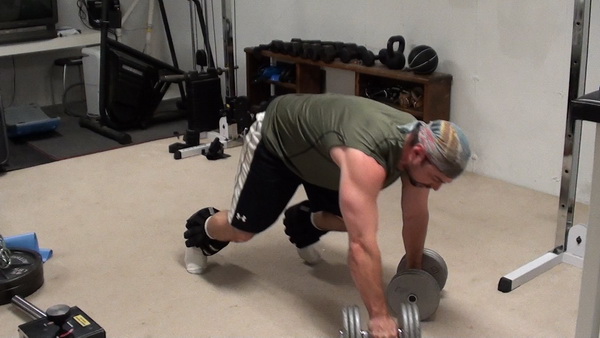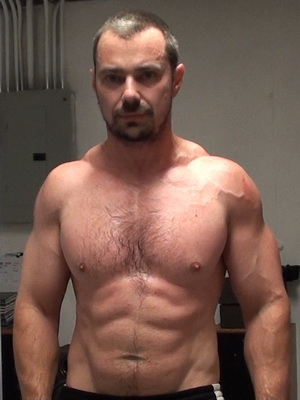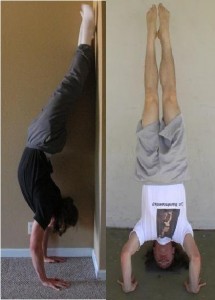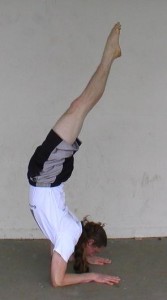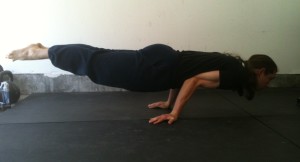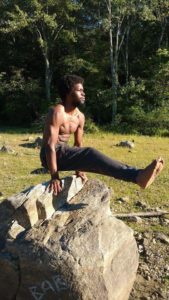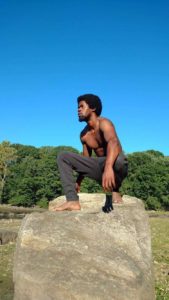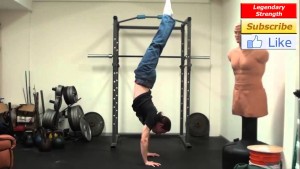
I’m genuinely curious and would love to know, from all of you.
Why do you want to do a handstand? Why do you seek a handstand pushup, planche, or vault? What about seeing a tiger pushup makes you avidly want to do it?
I’m curious because everyone has different reasons for their goals, and hand balancing is a rather particular goal. You will have few reasons throughout your day to day life to walk on your hands, unless your legs spontaneously lost their mobility. Furthermore, it’d be a stretch of the imagination to consider that everyone reading this post seeks an illustrious career doing hand balancing stunts for Cirque du Soleil.
Then why? What reason would the average person have to do a handstand? I can think of a few myself.
For starters: let’s be honest, showing off to your friends or family is a driving motivation for some people to want to achieve a handstand. Which, hey, if your desire for spotlight brings you to movement mastery or motivates someone else toward it, I’ll say that motivation is sufficient.
Then there are the strength seekers. Hand balancing mastery displays a level of physical strength beyond the reach of the day laborer, a level of commitment to a lifestyle in physical culture. Your pressing power, your sense of balance, your grip strength, and even your vitality and health will benefit from hand balancing like few other things will do.
Perhaps someone that you admire and were inspired by gave you the motivation to achieve a handstand. Why then? To pass on the torch of inspiration that you now wield? To simply achieve a physical goal that may have eluded you for a long time? To prove to yourself that you can accomplish what you commit to?
Well, with all that said, I’ll present this question: why did I want to do a handstand? What desire did I have to achieve hand balancing mastery?
I’d like to answer this question with another question: why didn’t I want to train my ability to fly? Why didn’t I see a bird in the sky, then spend every moment of my waking life flapping my arms at incredible speeds to try and take off into the sunset?
The answer, of course, is that humans can’t fly like that. It isn’t possible.
So why did I want to do a handstand? Because it was possible. Further than that, it was NATURAL. I don’t mean in the sense that I perfected the handstand from the moment I tried, but that the ability to do a handstand is naturally within our physiology. We can achieve it if we seek to regain the kind of strength that we possessed as natural hunters, nomads, and movers.
I know that a handstand can be done, and if someone else can do it, why not I? If I can do it, why not you?
What is your reason for wanting to do a handstand?
